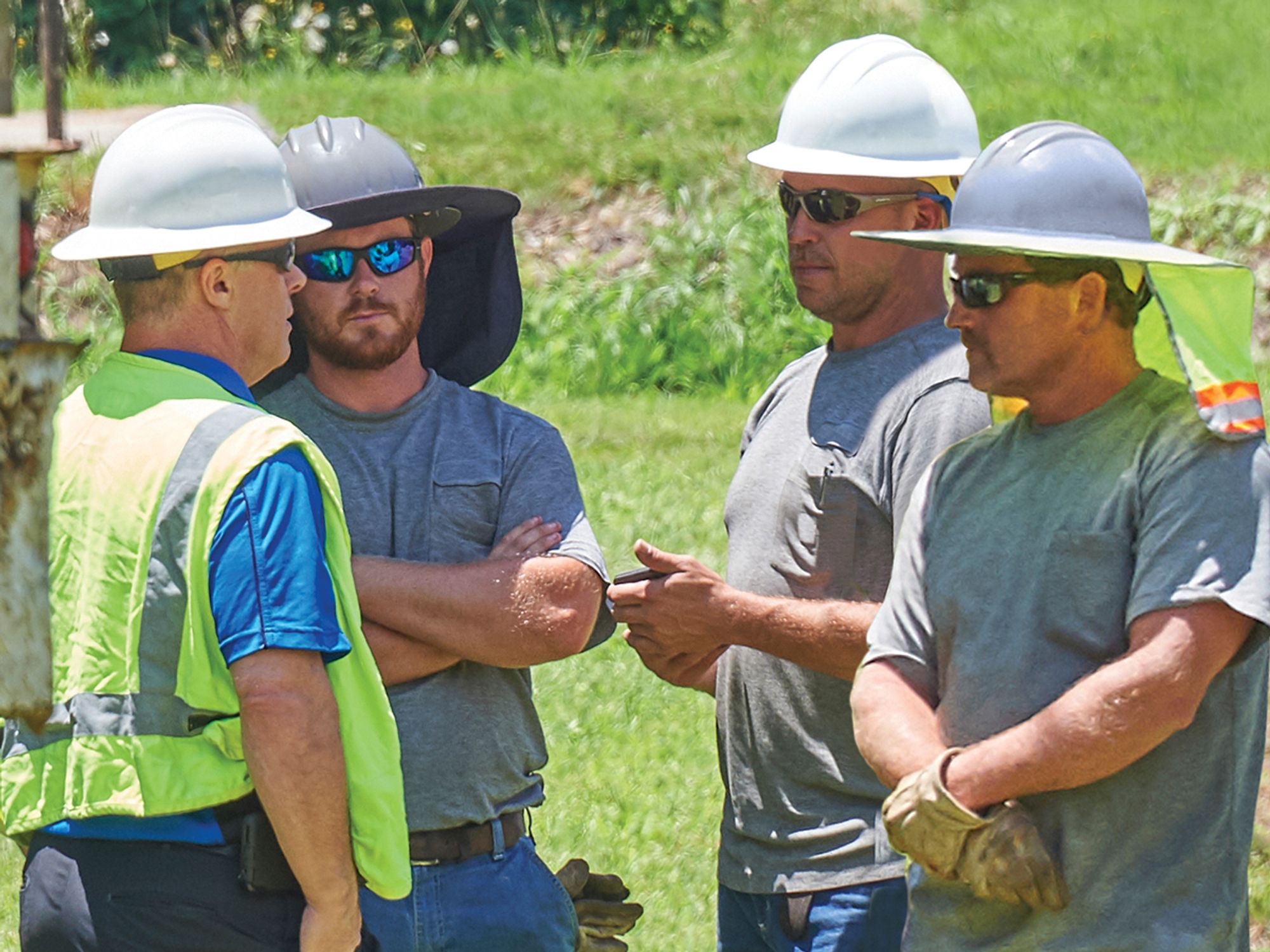What are the requirements for employers?

- Employers must take appropriate measures to protect both indoor and outdoor workers from heat stress.
- These measures include engineering controls such as fans and administrative controls such as training and water breaks.
- Employers can also monitor employees’ heat stress by taking their pulse and/or oral temperature, and comparing their before- and after-work weights to measure water loss.
Employers are responsible for providing the necessary equipment, supplies, conditions, and information to protect their workers from heat stress.
Protecting indoor workers from heat stress
- Engineering controls include:
- Cooling the air with fans,
- Shielding,
- Proper ventilation,
- Insulation,
- Air conditioning, and
- Power assists and other ways of reducing physical demands.
- Administrative controls and work practices include:
- Training employees to avoid heat stress,
- Educating them on the dangers of using alcohol and drugs (even over-the-counter medications), and
- Acclimatizing them to the heat.
Protecting outdoor workers from heat stress
Outdoor workers are at an increased risk of experiencing heat-related illnesses during the hot summer months, when sweating alone may not be enough to cool the body. To prevent heat-related illnesses and fatalities, employers should remind employees to:
- Drink water every 15 minutes, even if they are not thirsty.
- Rest in the shade to cool down.
- Wear a hat and light-colored clothing.
- Learn the signs of heat illness and what to do in an emergency.
- Keep an eye on fellow workers.
- Take it easy during the first days of work in the heat to acclimatize.
Monitoring workers for signs of heat stress
To monitor workers, employers can measure:
- Heart rate. As early as possible in the rest period, the radial pulse can be counted during a 30-second period.
- If the heart rate exceeds 110 beats per minute at the beginning of the rest period, the next work cycle should be shortened by one-third, with no change to the length of the rest period.
- If the heart rate still exceeds 110 beats per minute at the next rest period, the work cycle should be shortened by one-third.
- Oral temperature. A clinical thermometer or similar device can be used to measure the oral temperature (3 minutes under the tongue) at the end of the work period, before drinking.
- If oral temperature exceeds 99.6 degrees F (37.6 degrees C), the next work cycle should be shortened by one-third, with no change to the length of the rest period.
- If oral temperature still exceeds 99.6 degrees F (37.6 degrees C) at the beginning of the next rest period, the work cycle should be shortened by one-third.
- Workers should not be permitted to wear semi-permeable or impermeable garments if their oral temperature exceeds 100.6 degrees F (38.1 degrees C).
- Body water loss. At the beginning and end of each workday, weight can be measured on a scale accurate to 0.25 pounds to see if enough fluids are being taken to prevent dehydration.
- Weights should be taken while the employee wears similar clothing or, ideally, no clothing.
- The body water loss should not exceed 1.5 percent total body weight loss in a workday.
Training
Although the Occupational Safety & Health Administration (OSHA) doesn’t require training specific to heat stress by standard, employers must teach workers to recognize the signs of heat stress in themselves and their coworkers if they are exposed to extreme heat on the job.
Training should cover the following types of heat-related conditions:
- Heat stroke. This is a life-threatening condition that occurs when the body is no longer able to regulate temperature through sweating.
- Symptoms include confusion; loss of consciousness; convulsions; hot, dry skin; and extremely high body temperature.
- First aid includes calling 911; moving the affected worker to a cool, dry area; and aggressively attempting to lower body temperature by removing outer clothing and wetting the skin. The worker needs immediate medical attention and must not be left unattended.
- Heat exhaustion. This condition requires prompt first-aid treatment to prevent it from becoming more serious.
- Symptoms include clammy skin, nausea, headache, dizziness, weakness, thirst, muscle cramps, and fainting.
- First aid treatment includes moving the employee to a cooler area, removing outer clothing, and giving cool fluids to drink.
- Heat cramps. These are painful muscle cramps that occur after sweating and inadequate fluid intake.
- Symptoms are involuntary muscle spasms and excessive sweating.
- First aid includes moving the employee to a cool area and providing fluids to drink, especially electrolyte-replacing liquids such as sports drinks. The affected employee should gently stretch the cramped muscle(s).
- Heat fatigue. This occurs when workers have had a chance to adapt to the hot working environment.
- Symptoms include trouble concentrating and working.
- First aid involves moving the worker to a cooler area and encouraging rest.
- Heat rash. This, also known as prickly heat, appears as itchy red bumps on the skin.
- First aid includes rinsing the affected area with cool water and thoroughly drying the skin.
Training should also give workers the knowledge to do the following:
- Protect and acclimatize new workers,
- Drink enough fluids,
- Balance work with sufficient rest breaks in a cooler area,
- Recognize personal and environmental risk factors and when to use extra caution about heat,
- Provide immediate first aid when needed, and
- Contact emergency medical services.
